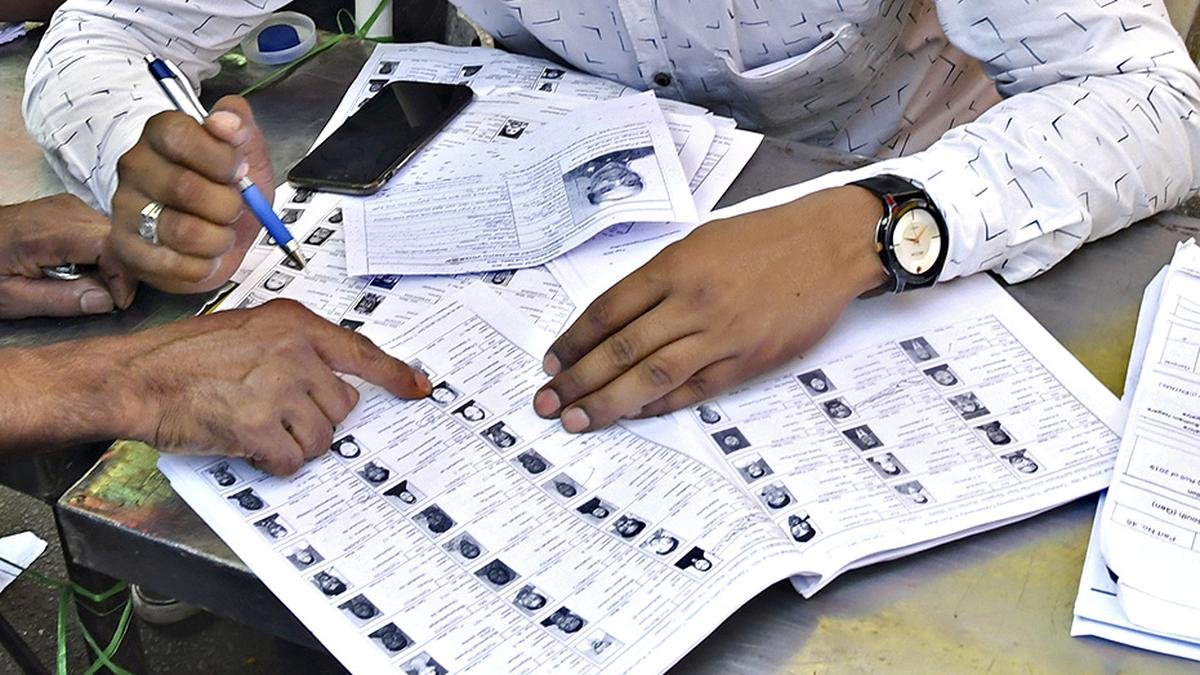Photo for representation
In the wake of the tragic Air India Flight AI 171 crash near Ahmedabad on June 12, the Directorate General of Civil Aviation (DGCA) has introduced a robust Comprehensive Special Audit Framework aimed at reinforcing safety across India’s aviation sector. This sweeping initiative underscores a commitment to proactive, data-driven regulation, standardised oversight, and systemic resilience.
Audit System Designed to Preempt Risk
The DGCA’s newly announced framework, articulated in General Safety Circular 01 of 2025, shifts the emphasis from reactive to preventive safety regulation. It mandates multidisciplinary audit teams—comprising senior officials and domain experts—to assess airlines, Maintenance, Repair, and Overhaul (MRO) firms, flight training organisations, ground handlers, and airports through a risk-based, 360-degree evaluation.
Audits will unfold in three phases: a pre-audit intelligence assessment, on-site inspections (covering operational practices, documentation, crew competencies, and emergency preparedness), and a comprehensive post-audit review calling for corrective action plans with measurable timelines. In serious cases, corrective action could be mandated within just 15 days.
System-Wide Reach: Who and What’s Being Audited
Unlike previous selective inspections, the new framework covers the entire aviation ecosystem, including airlines, MROs, flying schools, Aerodrome operators, Air Navigation Service providers, and GHAs. The DGCA will evaluate safety-critical elements such as crew training, emergency protocols, documentation processes, and operational risk management .
This holistic approach mirrors global aviation safety models recommended by the International Civil Aviation Organization (ICAO) and the Universal Safety Oversight Audit Programme (USOAP). It aligns domestic standards with India’s National Aviation Safety Plan (NASP)—a key benchmark for the industry.
Triggered by Ground Shock of AI 171 Crash
The decision follows the deadly crash of Flight AI 171—a Boeing 787-8 Dreamliner—soon after takeoff from Ahmedabad. The resulting loss of more than 240 lives, including passengers and those on the ground, and damage to a hostel at B.J. Medical College, prompted a safety overhaul.
Preliminary DGCA inspections of 24 out of Air India’s 33 Dreamliners revealed no major faults, paving the way for deeper, systematic audits across carriers. The aim is to address systemic vulnerabilities, not just isolated technical faults, through a unified and integrated regulatory lens.
Parallel DGCA Actions: Crew Safety Enforcement
Complementing the audit, DGCA has taken disciplinary steps: three senior Air India officials were removed from crew-scheduling roles over errors in flight-duty norms. The DGCA also issued a show-cause notice for exceeding crew flight-time limits on a Bangalore–London flight.
Additionally, DGCA has mandated airlines to furnish detailed records of all inspections and audits from 2024 onward—including cockpit, ramp, and cabin checks—thus intensifying oversight on training, mechanical, and operational fronts.
What the Framework Means for Passengers
The special audit framework offers tangible benefits to travellers. Its structured, risk-based approach ensures early detection of safety lapses, promoting preventive action over post-accident investigation. High-stakes risks trigger urgent remediation within 15 days, reducing future catastrophe probabilities.
Standardising practices across domestic and international carriers also boosts global passenger confidence, reinforcing India’s aviation safety reputation. For airlines and ground-support services, the framework introduces rigorous controls, compliance expectations, and institutional accountability, raising the bar for safety culture.
Toward a Safer National Aviation Ecosystem
DGCA’s proactive initiatives—including the Enhanced Dreamliner inspections, crew-scheduling oversight, and now the Comprehensive Audit Framework—reinforce an evolving regulatory environment geared for rapid modernization. With increasing air traffic volumes and complex fleet operations, this framework promises to usher in durable improvements in compliance, transparency, and safety performance.
Aircraft Accident Investigation Bureau (AAIB) Chief GVG Yugandhar has emphasized that current investigations—such as reconstructing black box data—are intricate and time-consuming. Still, they underscore the critical link between technical scrutiny and regulatory transformation.
Final Word
The DGCA’s comprehensive audit framework marks a critical inflection point for India’s aviation safety oversight. By adopting a data-led, risk-focused, and integrated auditing regime, it signals a decisive pivot from fragmented checks to sector-wide accountability. For travellers, airlines, and regulators alike, these reforms promise safer skies, stronger trust, and a more resilient civil aviation landscape. As audits begin, their successful execution will determine whether India can achieve its goal of world-class aviation safety standards grounded in operational excellence and foresight.




